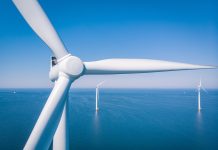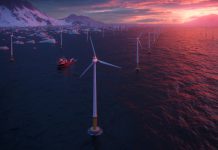When wind technicians are working in the field, they need quality tools that will not only get the job done, but get it done quickly and accurately.
That’s how the experts with Norbar Torque Tools Inc. factor into that equation.
“What sets our tools aside is mainly quality,” said Dominic Ortolani, regional sales engineer for Norbar. “With these guys operating the field — specifically operations and maintenance — they need a high-quality tool that won’t break down on them in the field, because, if it does break down, these tools typically will need to be sent out for repair. You’re talking about sending out from a remote site to a repair site. That’s arguably almost a week of downtime that you’re going to see. And every day a tower powers down, that’s $6,000 in loss.”
Although Norbar has served many different industries, the company jumped into the wind industry less than a decade ago with its line of high-quality torque tools.
“Norbar has identified this as a target market for a long time,” said Keith Daiber, president of Norbar Torque Tools Inc. “We’re heavy industry bolting specialists, so we do a lot in rail and power gen and road trucking, all kinds of industry. We’re a pretty versatile company, and wind is certainly an avenue that we’re chasing heavily.”
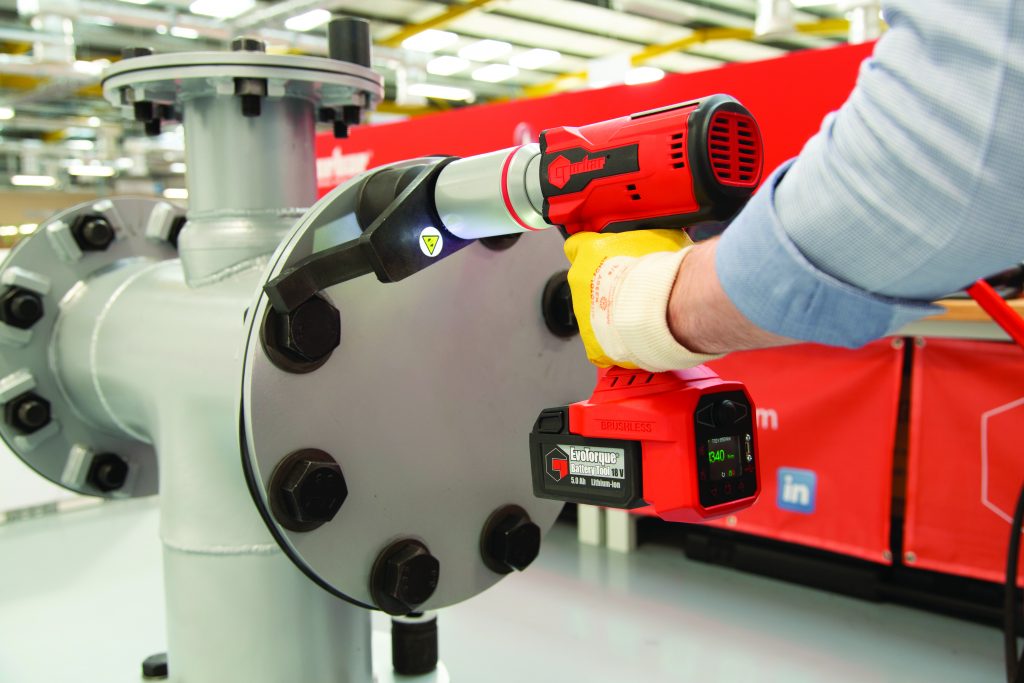
Extensive Line of Torque Tools
Norbar provides the heavy bolting tools used in the operations and maintenance of turbines, as well as in the erection and manufacturing of the towers.
“There’s a lot that we offer, and it’s primarily on the operations and maintenance of these towers, the daily maintenance,” Ortolani said.
Norbar’s hand torque wrenches range from screwdrivers with a minimum capacity of 0.3 N•m through to wrenches with a capacity of 2,000 N•m.
Norbar’s torque wrenches are used throughout the power-generation industry from the equipment manufacturers producing the plant through to power generation sites and the electricity distribution infrastructure. The features that make Norbar wrenches suitable for this industry include accuracy that exceeds the requirement of international standards, backed up with a traceable calibration certificate supplied with each wrench. Robust ratchets with a narrow engagement angle allow the use of wrenches in tight spaces.
Users of Norbar’s Professional series wrenches in elevated positions such as wind-turbine nacelles will particularly appreciate their light weight and compact dimensions.
Norbar’s electronic torque wrench, NorTronic®, can perform high-precision torque and torque/angle tightening and auditing of fastened bolts. NorTronic’s Wi-Fi capability enables data to be wirelessly collected from the wrench either in real time or by batch data transfer at a time of the users choosing. The supplied PC software allows easy management of the collected data and set-up of the torque wrench.
Norbar now offers a range of torque wrenches up to 2,000 N•m that can be split for storage and transportation. These wrenches are easily transported and can be assembled and disassembled in seconds.
Another innovation in the torque wrench range is the introduction of 3/8” and 1/2” drive, 1,000-volt insulated torque wrenches, tested to IEC 60900:2004 and suitable for live-line working by a qualified operator.
Yet another tool in Norbar’s arsenal is the EvoTorque®, which uses joint-sensing software that can detect if a joint is of high- or low-rate almost immediately. In the case of a high-joint rate, an electronic brake is applied to quickly stop the motor, preventing torque overshoot. This provides torque up to 7,000 N•m.
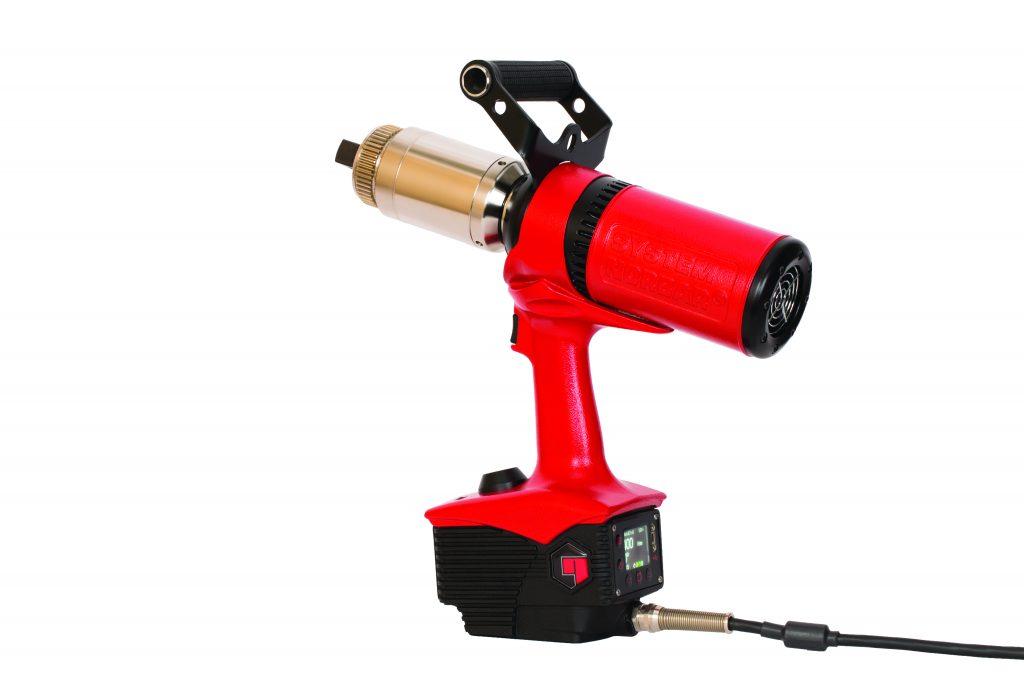
Getting User Input
Part of what makes Norbar’s tools special is how they’ve been designed with the user in mind, taking actual cues from workers in the field, according to Ortolani.
“We would do a field demonstration of our equipment, get the field technicians hands-on with it, and get their honest feedback and then take that back to the drawing board a little bit,” he said. “We’ve worked with some of the primary turbine manufacturers on the design of our tools in accordance with what their needs and demands are and what kind of tools they want to see in the field.”
With the field testing and insight from companies within the industry, Norbar was able to get a good idea of what kind of tool it needed to provide, according to Ortolani. Once the improved tool was on the market, Norbar’s distributors offered it to existing customers.
“We would provide technical expertise and consultation on it,” he said. “It’s just playing the cards the right way with the contacts that you have and leveraging those contacts to move up the ladder within those companies and develop a bigger picture of how we can supply tools for them.”
All that boils down to how Norbar comes to understand its customers’ needs, and how it can fulfill those needs, according to Ortolani.
“It always helps us to know what equipment they’re currently using,” he said. “And then with our understanding of the competitors in the market, we can tell them how they can benefit, not just on the qualitative side, but on the quantitative side as well — where the cost savings and analysis will come in and where the production will increase. Cost of ownership was a big, big thing for us, so whenever a customer approaches us, it obviously starts with understanding their need and if and how we can fulfill that need and then what can we do better than what they’re currently using. These types of tools and this type of equipment I could try and sell all day over the phone, but it’s not until I get the tools in their hands and we do a pretty extensive field test that we really see movement forward.”
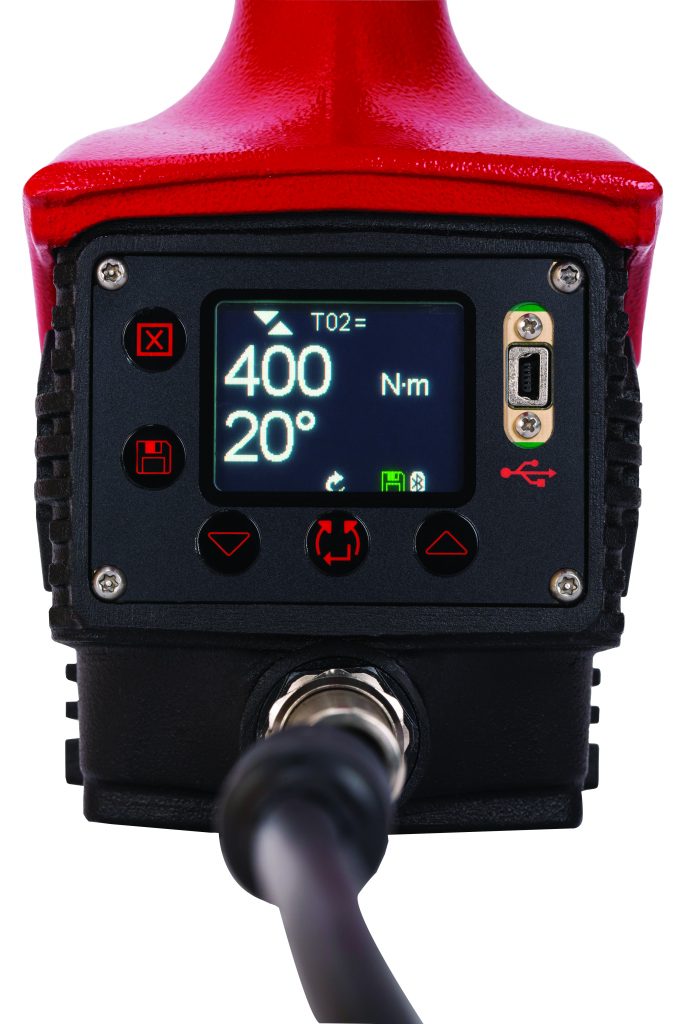
Companies Taking Notice
That hands-on attitude has made many companies take notice of what Norbar can offer them, according to Ortolani.
“We are currently working with one of the primary operations and maintenance companies within the wind industry,” he said. “They are standardizing on our product. And then we are in talks with another key player to work within their company from manufacturing up to operations and maintenance implementing the Norbar product into their line and supplying them with service equipment so they can do their calibrations. So, we have two pretty big players under our belt, and we’re talking with them on a nationwide scale and beyond.
That’s been years in the making.”The first project has taken three years of field tests and contract talks to come to fruition, while the latter project goes back to 2012, according to Ortolani.
“Now we’re really seeing progress, and these two dominoes are really making the rest of them fall for us I think,” he said.
Norbar has put in a lot of due diligence in its eight years in the wind industry, which is why the company can stand behind its high-quality tools, according to Daiber.
“We’ve got a tool that does perform to industry standard; it gives customers choices, and that’s always a good thing,” he said.
Another tool in development is a battery-powered version of the EvoTorque.
“It’s almost the exact same tool as our EvoTorque corded tool,” Daiber said. “You’re going to be running on 18-volt batteries — same gearbox, the same software technology, same capabilities. We have a single speed and a dual speed version of it. It’s more or less a complete clone of our existing electronic tool. It’s just a little bit more versatile since it is able to be used without a cord.”
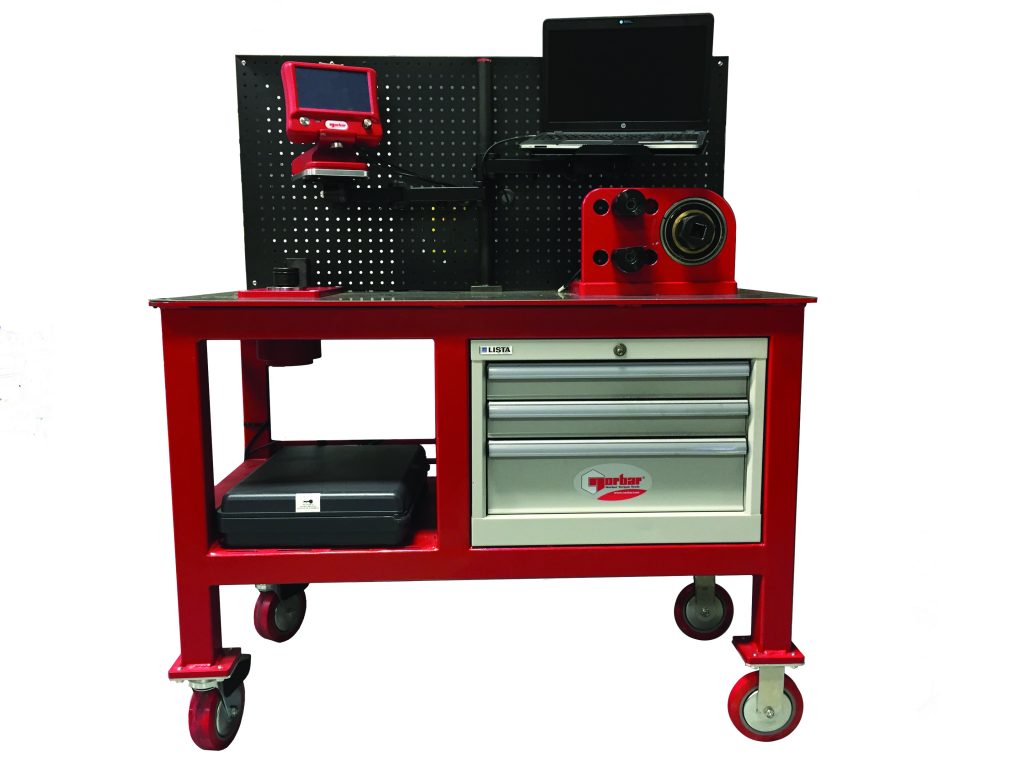
History and Experience
Even though Norbar’s involvement with wind only goes back eight years, the company itself was actually a British company that began in the 1940s.
“My dad started the company in 1962, and we became affiliated with Norbar in the late ’70s, early ’80s as a distributor,” Daiber said. “And then, in 2001, they approached us and bought into our business as equal partners. So, we became part of the global Norbar team. And in 2017, we were acquired by Snap-on. We’re still Norbar Torque Tools Inc., which is part of Norbar Torque Tools Limited, but it’s all part of the Snap-on group.”
With all that history and experience behind it, both Daiber and Ortolani expect Norbar to continue to grow in its wind endeavors.
We’re continuing to grow pretty consistently within wind,” Ortolani said. “I think we all know that the trend — not just domestically but globally — for where we resource our energy is going toward alternative-energy methods, such as solar and wind. And I think as we continue to provide a full-service and product solution, we can support these customers on a national basis with a full comprehension of what their tooling needs are. Being able to provide that to the customer helps Norbar stand on its own pedestal. So, as the wind and renewable energies continue to grow, so will Norbar within it. And I think we see a big opportunity there.”
Daiber also sees even more opportunity as the wind industry adjusts to less government assistance.
“Some of the hurdles early on were tax-incentive related where the market went up and down depending on what the government was offering,” he said. “I think we’re past that now. As the system gets more efficient, it’s just the right way to go.”
















